Ryan Hall's Blog, page 154
June 28, 2017
Rock ‘n’ Roll Marathon Series Replaces Woman’s Stolen Race Medals
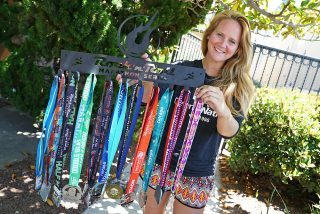
After hearing about Andrea Abel's loss, The Rock 'n' Roll Marathon Series replaced 14 of the 16 Rock 'n' Roll medals she had earned and gifted her a race medal rack. Photo: Ryan Bethke
In the hustle and bustle of moving, Andrea Abel, a resident of San Diego’s Pacific Beach neighborhood, set down a rubber bin by her car Tuesday morning, then marched upstairs to retrieve the bin’s top.
In the couple of minutes that she was gone, the bin was stolen. Among the box’s contents: more than 100 running and triathlon medals.
Describing the feeling when she returned downstairs in her San Diego beach community and discovered the bin had vanished, the 33-year-old Abel said, “It’s disbelief, frustration, disappointment, horror. I mean, it’s every runner’s worst nightmare.”
Every medal tells a story. Every medal is wrapped in sentiment. Abel’s father died of bladder cancer in 2002. Her grandfather died of cancer eight years later. She had started running to redefine her body before her grandfather passed, but rededicated herself after his death.
“Since I lost my father and particularly since I lost my grandpa, those medals really do represent a journey,” said Abel.
Abel posted signs in the neighborhood about her lost medals. She taped one to the back of her car window.
“I was almost a mobile advertisement for these missing medals,” she said.
She even scoured garbage cans.
“I never thought I would spend so much timing dumpster diving, but it’s worth it to me,” she said.
Come Wednesday afternoon, barely 24 hours since the medals went missing, Abel received a call from a man. He had seen one of Abel’s signs, then heard a jingling sound, turned around and spotted a man with about 15 medals hanging around his neck.
“I know where those medals are from,” said the man.
The man carrying the medals said he found them in an ally.
At least 16 of Abel’s medals were earned at Rock ‘n’ Roll Marathon Series events. She has run eight marathons and more than 40 half marathons. Upon hearing of Abel’s loss on local TV station NBC San Diego, Competitor Group Inc. employees wondered what they could do for Abel. Employees dug through the company archives and found medals from 14 of the events Abel raced.
“We know what those medals mean to runners,” said Dan Cruz, vice president of communications for the Rock ‘n’ Roll Marathon Series. “We were able to give her those medals and showcase the power of the running community.”
Abel is still missing about 70 or her medals, but she’s optimistic.
“I’m so overwhelmed and appreciative that the running community would take the time to dig through a warehouse and find these old medals,” she said. “It absolutely shows how special this sport is.”
RELATED: What Can You Do With Your Race Medals?
The post Rock ‘n’ Roll Marathon Series Replaces Woman’s Stolen Race Medals appeared first on Competitor.com.
Gear We Love: June 2017
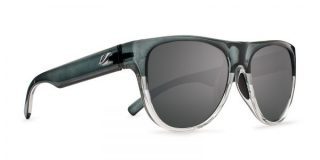
This month’s gear picks from our editors include everything to keep you clothed, hydrated and recovered during the hot summer running season.
RELATED: Summer 2017 Trail Shoe Review
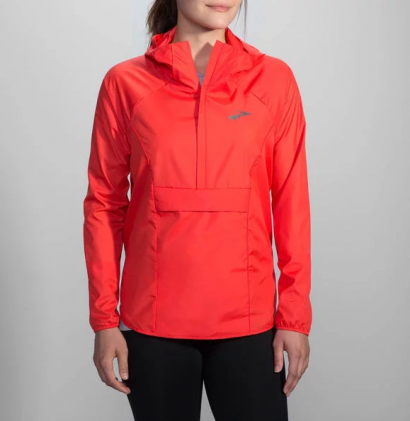
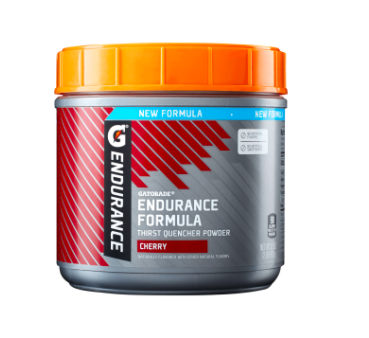
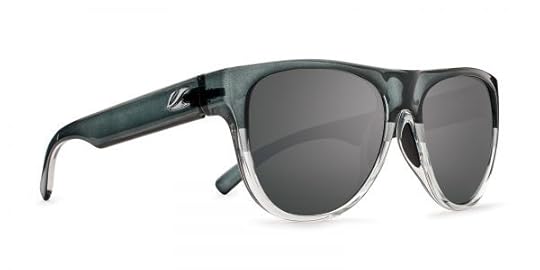
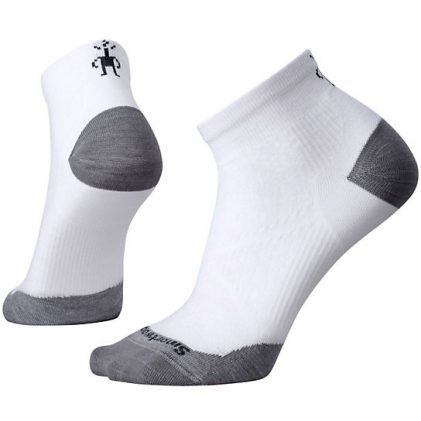
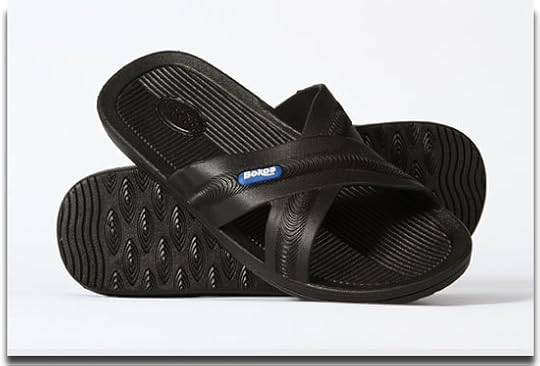
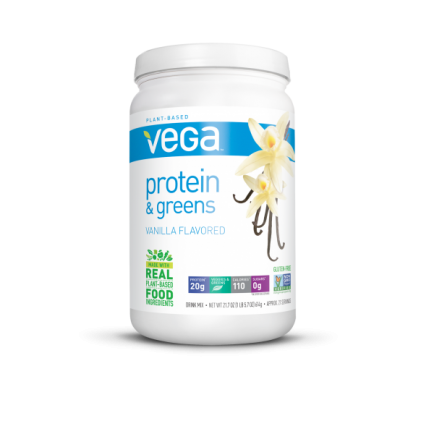
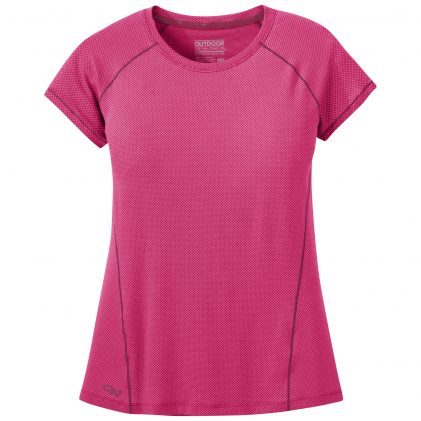
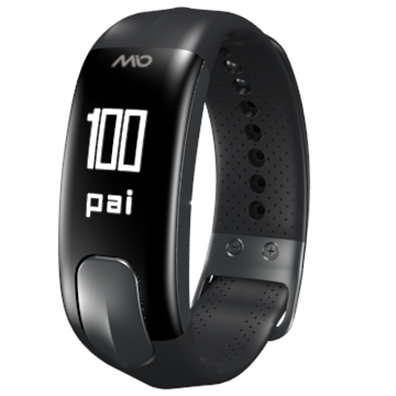
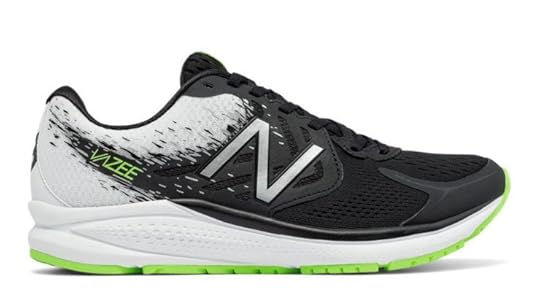
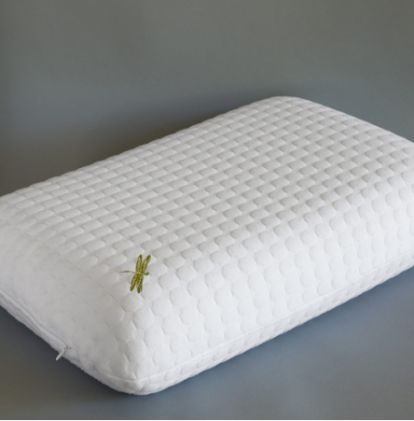
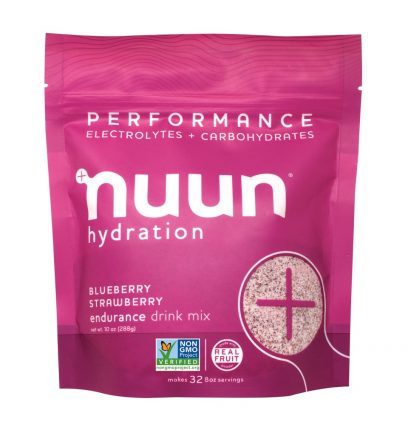
The post Gear We Love: June 2017 appeared first on Competitor.com.
2020 U.S. Olympic Track And Field Trials Headed To Mt. SAC

The 2016 U.S. Olympic Track & Field Trials were held at Hayward Field in Eugene, Ore. Photo: Photorun.net
Today it was announced that the U.S. Olympic Team Trials—Track & Field will return to the Los Angeles area in 2020, and runners will gather at Mt. San Antonio College (Mt. SAC) in Walnut, Calif., for the 10-day event.
Mt. SAC is no stranger to hosting elite track events and its Hilmer Lodge Stadium is undergoing a $62 million upgrade, expanding to a seating capacity of more than 21,000, slated for completion in 2019. The 2020 U.S. Olympic Team Trials—Track & Field are currently slated for June 19–28, 2020. Eugene, Ore., and Sacramento, Calif., also bid for the Trials but ultimately USATF board decided on Mt. SAC with a vote of 11-2.
Hilmer Lodge Stadium was the site of the 1960 U.S. Olympic Team Trials—Track & Field and has since been the location of many historic moments; twenty world records have been set at the stadium and six world records were tied or broken in one night.
“The board was presented with three excellent options for the 2020 Olympic Trials,” board chair Steve Miller said in a press release. “The board, and especially our active athletes, were clear in their desire to take the Olympic Trials back to Los Angeles. Mt. SAC has long been one of the top meets in the country, from an athlete performance perspective as well as from an organizational perspective. With the stadium upgrades currently planned, we are confident Mt. SAC will provide an extraordinary experience for athletes, fans, officials and volunteers.”
This announcement is in line with the push by USATF to diversify the locations of its championship meets and their outdoor championships and/or Olympic Trials have been held in Eugene (2012, 2016), Des Moines, Iowa (2013), and Sacramento (2014, 2017), while Portland, Ore., has hosted the 2016 USATF Indoor Championships and World Indoor Championships. Eugene will host the 2021 IAAF World Outdoor Championships, and Boston and Albuquerque, N.M., have hosted the USATF Indoor Championships.
“USATF has been very deliberate and strategic about cultivating relationships with cities and local organizers who are capable of and interested in hosting our largest events,” USATF CEO Max Siegel said in the same release. “The level of interest in the 2020 Olympic Trials is a reflection of that effort. With a strong base of world-class local organizers, our sport will continue to thrive.”
The post 2020 U.S. Olympic Track And Field Trials Headed To Mt. SAC appeared first on Competitor.com.
June 27, 2017
Summer 2017 Trail Running Shoe Review
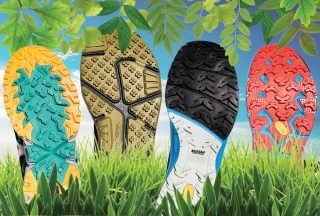
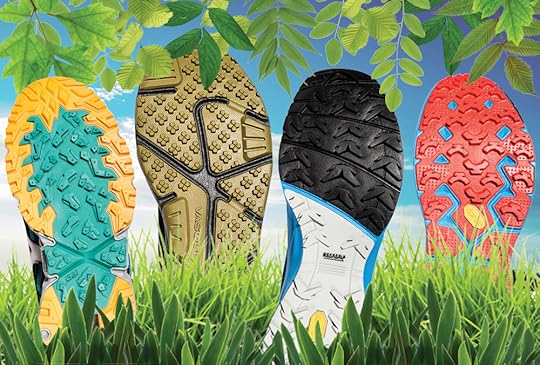
This season’s trail shoes are ready to take you on any summer adventure—from short jaunts on your neighborhood trails to all-day mountain rambles. We tested an array of shoes and ran them on steep, rocky terrain, loose, slick trails, and smooth dirt (and even some paved sections). Read on to find the best running partner to suit your foot shape, running style and taste for trails.
RELATED: 4 Tips For Buying Trail Running Shoes
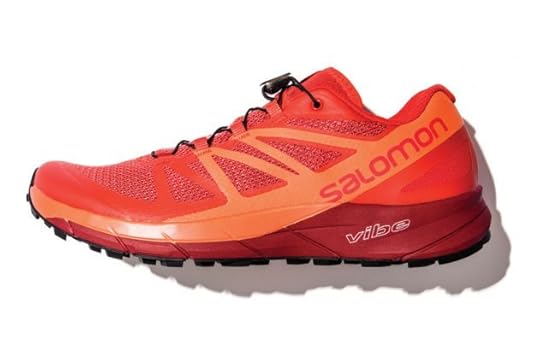
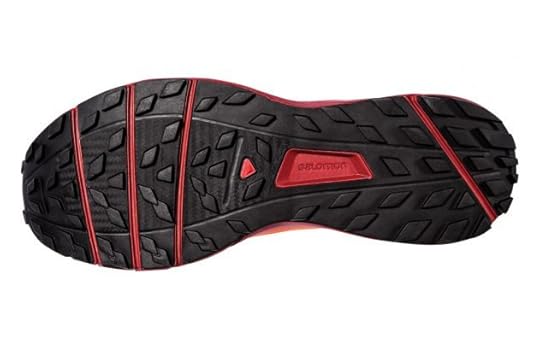
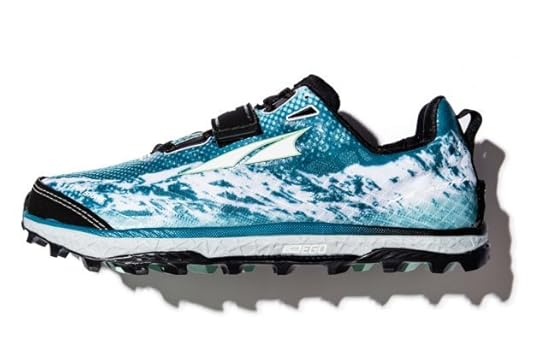

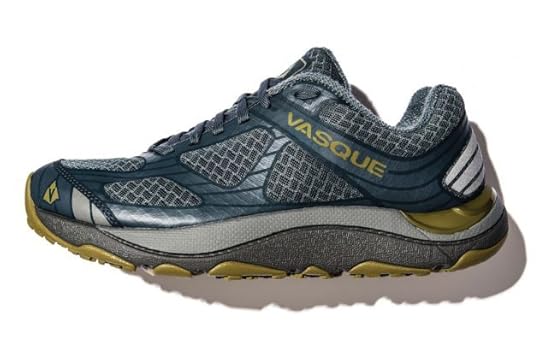
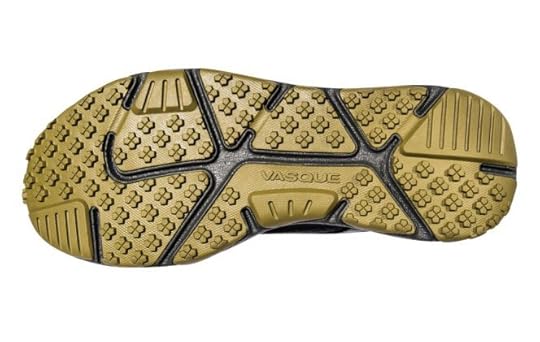
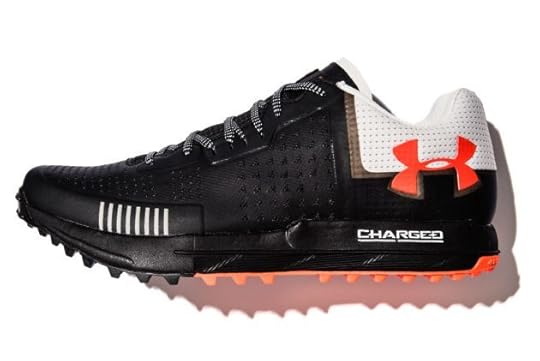
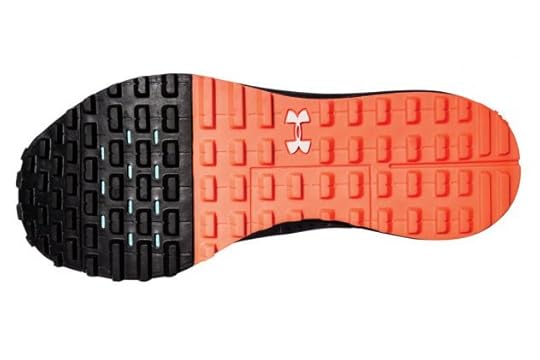
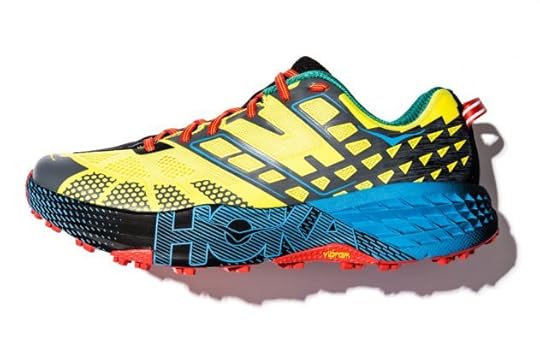

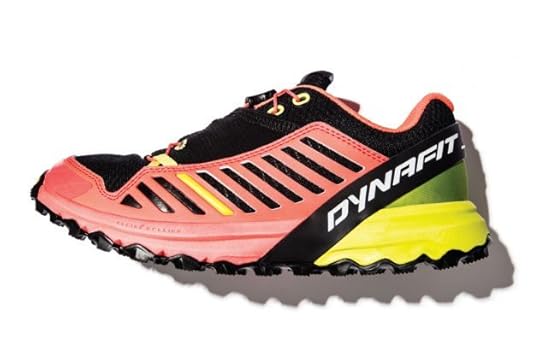

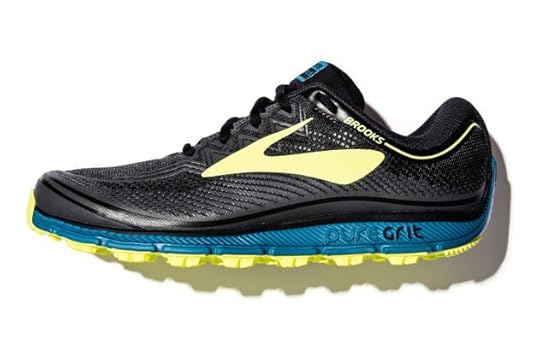

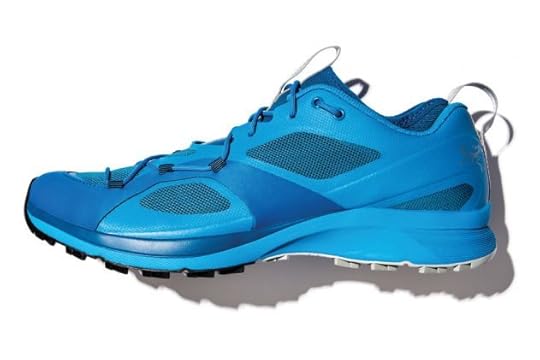
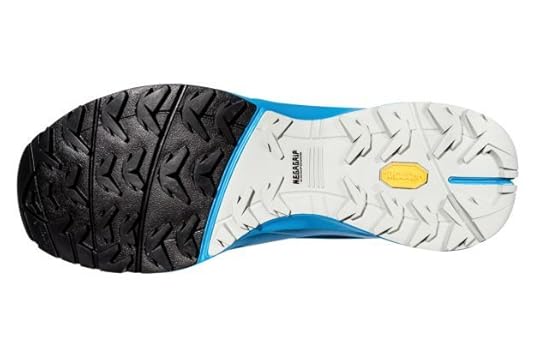

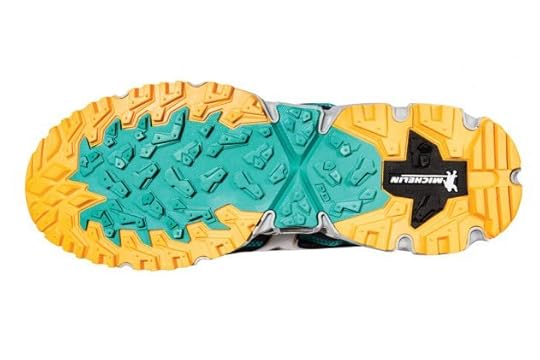
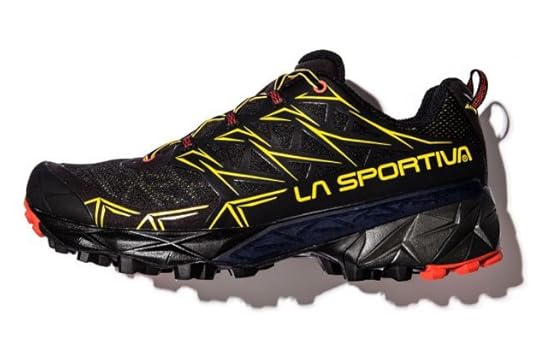

The post Summer 2017 Trail Running Shoe Review appeared first on Competitor.com.
Stunning Images of France’s Mont Blanc 80K From Start to Finish
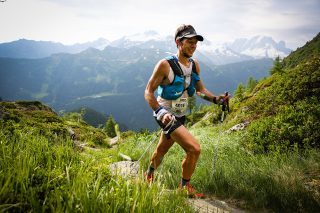
The 2017 edition of the Mont Blanc 80K—which is held annually in Chamonix, France—took place on June 23. Each year, thousands of runners head to Chamonix for the events of the Mont Blanc Marathon. The 80 kilometer (50-mile) race is the longest and toughest of the weekend’s events; the race kicks off at 4:00 a.m., and the route’s 83.7 kilometers boast 5,960 meters (19,553 feet) of vertical gain.
At this year’s race, France’s Xavier Thevenard took first place overall, crossing the finish line in 11 hours and three minutes. Coming in first for the women was Sweden’s Mimmi Kotka, who finished in just under 13 hours with a time of 12 hours, 59 minutes.
Cristofer Clemente Mora (Spain) and Berger Romain (France) finished second and third respectively, while the women’s second and third places went to Australia’s Lucy Bartholomew (15th overall) and Russia’s Ekaterina Mityaeva (16th overall).
Check out these photos that capture the raw and tough beauty of the Mont Blanc 80K from start to finish.
RELATED: Running Around Mont Blanc in 6 Amazing Days
Photos: Kirsten Kortebein
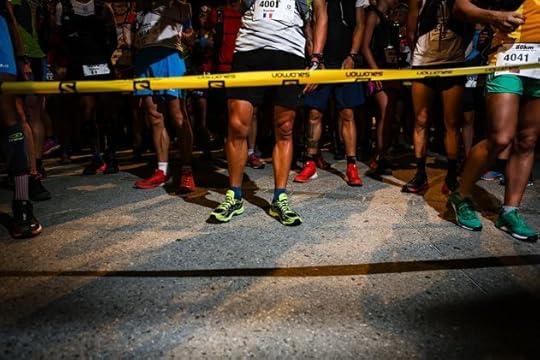
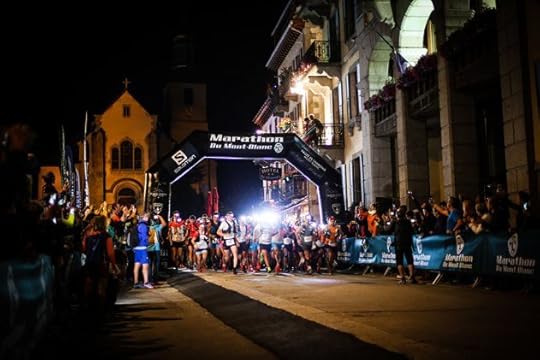
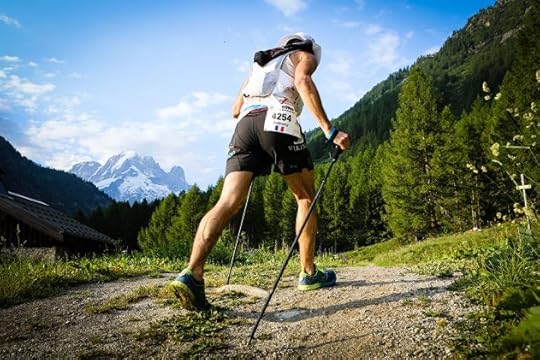
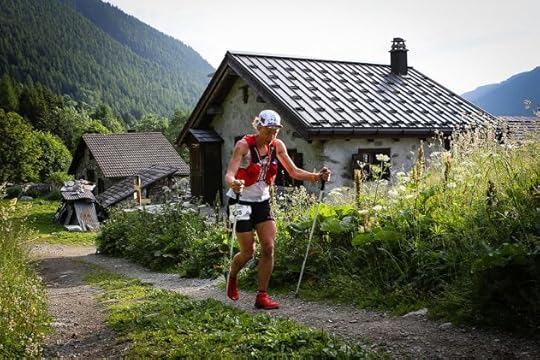

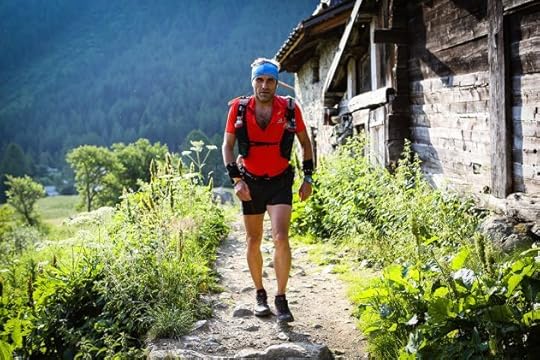
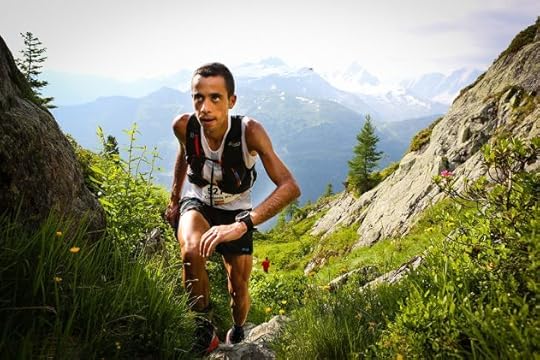

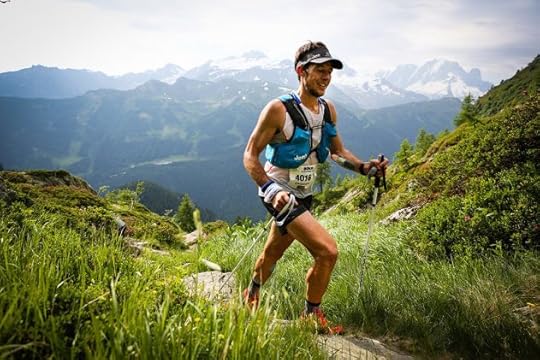
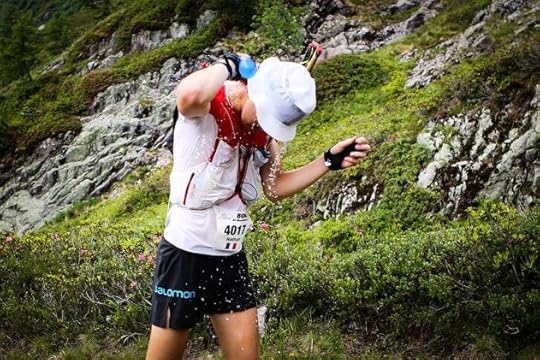
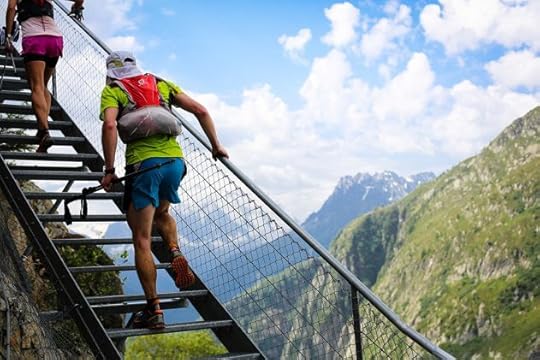
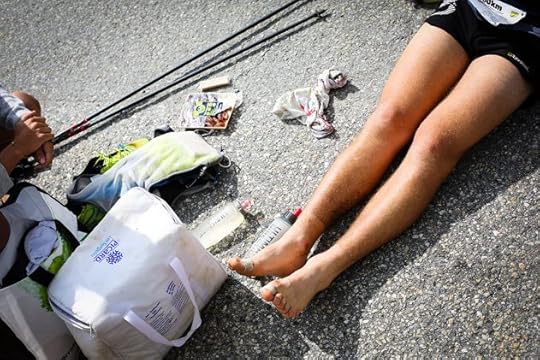
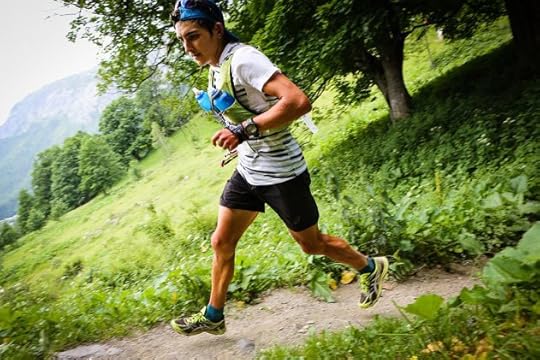
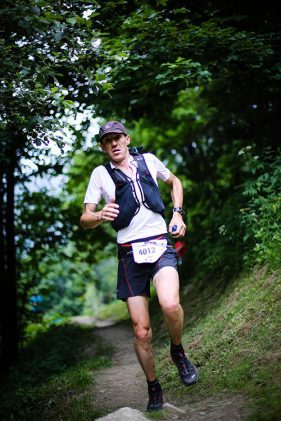
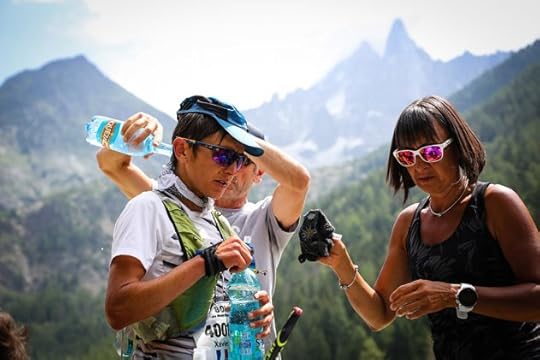

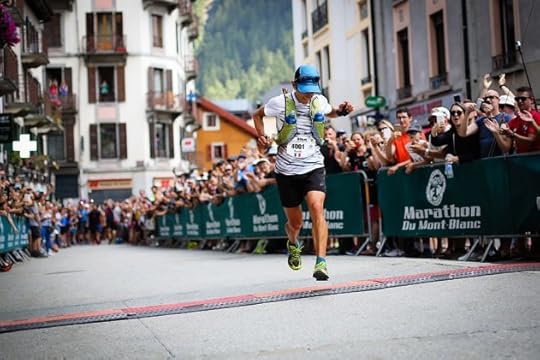
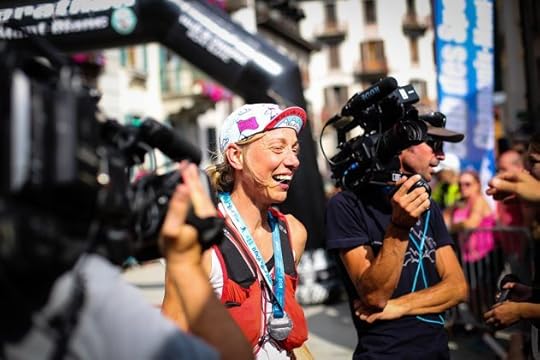
The post Stunning Images of France’s Mont Blanc 80K From Start to Finish appeared first on Competitor.com.
It’s Your First Marathon But How Will You Choose?
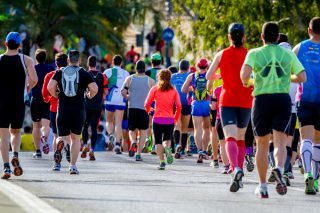
Your first marathon is a special event. You may run many and each one will be a unique experience. But there is nothing as special as your first 26.2.
So how do you pick a marathon? There are thousands all over the world, and they each have their own appeal. While researching, consider these questions when choosing your first marathon child.
How far are you willing to travel?
Destination races have the perk of incorporating a race with a vacation. Plus, you can choose a course that has gorgeous views or caters to your strengths as a runner. It’s great for adventure, but will be pricier and require more planning. It could also add more stress before a first marathon.
RELATED: 6 Unique Destination Race Ideas for Your Next Vacation
What is the terrain like?
A great part about races is experiencing new terrain. However, you might not want to try to race up the Rockies if you have only trained on flat ground. Figure out if you don’t mind a course with a little bit of hills or if you would rather opt for flat and fast.
RELATED: 3 Must-Do Marathon Workouts
How big do you want the race to be?
Marathons can range from a few dozen participants to hundreds of thousands of racers. Larger ones usually have more volunteers, better food, and cooler T-shirts, but it’s a production to participate. You may have to park miles away, and take a bus to the start line. In addition, leaving at the end can stick you in traffic for hours. Smaller races could have less spectators, but a more intimate feel with easier logistics.
RELATED: The Pros and Cons of Small Races Versus Big Races
Do you want to qualify for Boston?
Not every marathon is a Boston Qualifier. If you dream of Boylston, make sure to check with the race coordinators to see if the marathon is a qualifier.
Do you want to run with friends?
Having “runner friends” does not necessarily mean you have “marathon friends.” Many marathons have accompanying half marathons, 5Ks, or relays. These are great options if your friends want to participate in a fun weekend without running an entire marathon.
RELATED: New Report Reveals Marathon And Half Participation Is Declining
The post It’s Your First Marathon But How Will You Choose? appeared first on Competitor.com.
5 Things The Most Successful Runners Do Every Day
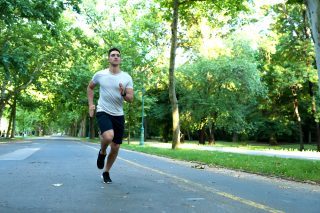
Some runners seem to have it all together: they’re always healthy, running well and enjoying every moment of their training.
How do they do it?
Successful runners are creatures of habit. They follow a consistent routine—while allowing for strategic flexibility—that lets them get the most out of their training without getting hurt or burning out from working so hard.
After interviewing dozens of runners, coaches, running authors and sports psychologists (and coaching for nearly a decade), I’ve distilled the most valuable lessons of success into an easy-to-follow guide.
Follow these principles and you’ll soon be a faster, healthier, happier runner.
Consistency is the secret sauce
Successful runners know that it’s not one long run, fast workout, or high-mileage week of training that helps them succeed. The real key is the total value of that work, month after month, that really matters.
I’ve long called consistency the “secret sauce” to successful running. And when it comes to every element of training—overall volume, speed sessions, long runs, strength work, injury prevention, drills—it’s consistency over time that’s truly important.
Successful runners know that something is better than nothing. They track their training and complete as much as possible.
Doug Hay, an ultra runner, podcaster and coach at Rock Creek Runner, is adamant about logging runs for consistency reasons.
“Keep a training log with details on not just the distance and pace, but how you felt, where you ran, and notes about the workout,” he stresses. “That information can act as a warning sign before an injury or training setback, or as a blueprint for what’s working with your training and racing.”
What gets measured, gets managed. And if you want to be a consistent—and successful runner—logging your runs is critical.
RELATED: Google Sheets—A Free And Powerful Training Log Option
Warm up to start right
A proper warm-up will help your running in numerous ways:
It improves performance, helping you run faster
It reduces the likelihood of injury
It makes you feel better when you start running
Instead of static stretching or no warm-up at all, the most effective type is called a dynamic warm-up.
It will consist of movements and light strength exercises that will increase your heart rate and range of motion, lubricate joints, open capillaries and prepare the body for running.
A set of dynamic warm-up exercises can take only about 5-10 minutes and should be done right before you go running.
This simple habit has strong benefits, takes only a few minutes and sets you up for success. What’s not to love?
Easy days should be EASY
A common mistake among many runners is to run their runs all at the same pace. But hard days should be necessarily hard while easy days should be very easy.
And runners often have trouble running at a truly easy pace on a recovery day. But that’s the point!
By polarizing training into very hard and very easy days, we prioritize fitness on those hard days while maximizing recovery on the easy days. It’s the most efficient way to get faster.
But too often, runners feel good on a recovery day and push the effort, sabotaging recovery, increasing the risk for injury, and potentially sacrificing the quality of an upcoming long run or speed session.
Instead, recovery runs should be done at a pace that is conversational, comfortable and controlled.
RELATED: What Pace Should My Easy Runs Be?
Recovery is just as important as training
Aside from running easy runs truly easy, resting properly is also critical for long-term success because without adequate rest, the body won’t adapt to all the training you’re doing!
There are two ways to prioritize recovery:
First, ensure you get a great night’s sleep. This is when your body repairs, strengthens, adapts, and recovers. Coach Hay agrees.
“Proper sleep is essential for your body’s ability to recover and train effectively,” he explains. “Sleep enables your body and muscles to repair, and by neglecting it, you will not be able to train as hard or efficiently. Aim for 7-8 hours of sleep each night.”
If you’re training significantly more than usual, aim for an extra 30-60 minutes.
In addition to adequate sleep, taking time off from running will also help reduce injuries, the risk of burnout and low motivation, and increase your drive to succeed.
While it seems counter-intuitive, take several 1-2 week blocks of time off from running every year. It’s a helpful way to ensure your running stays fresh.
Focus on strength after every run
The runners that rarely suffer a debilitating injury also have a strength habit: they regular focus on getting stronger (not just on gaining endurance!).
A simple way of adding runner-specific strength work into your training is to “sandwich” your runs between a pre-run dynamic warm-up and a post-run strength or core routine.
This practice has several benefits:
Runner-specific core work (like plank exercises) maintain proper posture while running
Stronger muscles better withstand the impact forces of running (reducing your injury risk)
You’ll always know if a run is complete if it’s “sandwiched”
Runners with long histories of injuries should begin this practice immediately.
No matter what type of runner you might be, whether brand new to the sport or an experienced trail ultramarathoner, these habits have the potential to make you into a faster, stronger, less injury-prone, happier and more consistent runner.
RELATED: 7 Habits of Highly Effective Runners
The post 5 Things The Most Successful Runners Do Every Day appeared first on Competitor.com.
How Road Races Can Unite All Types Of Runners

“No other sport is as democratic as running.” ~Florence Griffith Joyner
Road races have the ability to unite runners more than any other event. The reason? Literally almost anyone can sign up for these types of races and share in the same experience.
Participants in road races share common goals. Runners want to put their training and will to the test, to give our best effort, and to finish strong. We all share the same course, begin at the same start line, and head to the same finish. We all get the same shirt and the same medal.
On race day, we fight up the same hills, deal with the same adverse weather conditions, and cover the same distance. During that time, we all get a chance to see the beauty and sights our courses have to offer. We run the same roads as celebrities, politicians, sports professionals and race winners. We can all share in the personal satisfaction of crossing the finish line.
People you would have never met otherwise line up next to you in the corrals, sharing encouragement and well-wishes. As a result, total strangers can become supporters. In the end, we congratulate each other on what we’ve individually achieved, knowing that our personal goals may be very different. And many of us become friends for life.
A Race and a Place for Everyone
One of my favorite quotes is from Dara Torres, who at age 41 earned a place on the U.S. Olympic team: “The water doesn’t know how old you are.”
Neither does the road.
The road doesn’t care about your age, weight, gender, ethnicity, or religious beliefs. It also doesn’t care about your job, the car you drive, the house you live in, where you went to college, or where you were born. And as more races offer a means for those living with disabilities to join us on the course, the barriers and limitations on what people can achieve continue to fall. On the road, we represent people from all backgrounds and all walks of life.
This is the beauty of road races. There is room for everyone with determination to come to the start line.
Road races offer you a place to be yourself and to prove yourself. The race challenges everyone, from the winner and the last finisher. If you have a bad day, there is a chance to recover, rebuild and redeem yourself at another event. Races remind us that if we do not succeed, there is an opportunity to try again.
Crossing the finish line can be a source of self-confidence and pride for all. Many turn to their memories of achieving their race goal in challenging times as a source of personal strength. It helps them remember the endurance and discipline they developed in their training, as well as the courage and willpower they had to see themselves through to the end.
Tomorrow, we could lose our jobs, our cars, or even our homes. But being a finisher is something that can never be taken from us. When we participate in races, we learn just how strong we really are, physically and mentally.
The sense of accomplishment and personal satisfaction is there for anyone who wants to earn it and achieve it. The road is waiting for you.
RELATED: 10 Amazing Benefits of Running You Might Not Have Known
The post How Road Races Can Unite All Types Of Runners appeared first on Competitor.com.
Run Gum Wants To Send You To The 2017 Honolulu Marathon
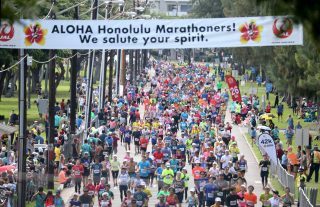
Image: facebook.com/honolulumarathon
This week, Run Gum—an energy gum with caffeine, taurine and B vitamins—announced the RunAloha Sweepstakes in partnership with the Honolulu Marathon to send one lucky runner to the 2017 edition of the race in Hawaii this December. The prize? Run Gum shares the details:
“One grand prize winner will be awarded a trip to the 2017 Honolulu Marathon along with a prize package totaling over $4,000. This grand prize package includes gear from Picky Bars, Brooks Running, Raw Elements, SOS Hydrate, Nathan Sports, Jay bird and Stridebox.”
RELATED: 5 Places To Run In Honolulu
Run Gum is the company of Olympian Nick Symmonds, who just finalized his retirement last week at the USATF Outdoor Championships. He announced he would be running his final race of his 12-year running career in Honolulu shortly after.
“I’ve always wanted to run a marathon,” says Symmonds. “I have crossed off nearly every other goal on my running bucket list. I think now is the perfect time to tackle 26.2 miles and I can’t think of a better place to do it than Honolulu.”
RELATED: Nick Symmonds Retires At The USATF Outdoor Championships
The winner will also have a chance to run with Symmonds. Anyone is welcome to enter for a chance to win a trip to the 2017 Honolulu Marathon by signing up with their email address at rungum.com/RunAloha between now and July 31, 2017.
The post Run Gum Wants To Send You To The 2017 Honolulu Marathon appeared first on Competitor.com.
June 26, 2017
Here’s How To Stop Thinking Of Aqua Jogging As ‘Punishment’
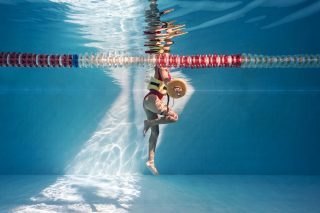
When aqua jogging comes to mind, you usually think of it in terms of injury recovery. Of course, injury doesn’t have a great connotation, so it is natural that the workout would be thought of in the same light. Here’s an important fact: aqua jogging isn’t punishment! Here’s how you can benefit from adding it into your training—and how to spice it up a bit.
The Benefits Of Aqua Jogging
As we’ve said, aqua jogging isn’t just for injured runners; there is a lot that everyday runners can get from the workout, as well. In fact, though it is associated with injury recovery, it can actually help prevent injury.
“Aqua jogging is a great way to enhance leg power through the resistance training the water offers,” explains Sandra Gallagher, coach at IRunTons based in the Under Armour Performance Center. “It also allows runners the opportunity to gain fitness without the weight-bearing stress of running on land.”
This is especially great for runners prone to knee injuries or those who are looking for a new way to build up leg strength with one workout that can impact every muscle.
RELATED: Aqua Jogging For Injured Runners
How To Do It
Aqua jogging is especially great during the sweltering summer months—it’s an excuse to get out of the heat and hop in some cool water for a workout.
“For athletes using aqua jogging as cross-training—as opposed to replacing running due to injury—adding in aqua jogging for 10-20 minutes one to two times per week is a great way to add variety and resistance training to your training,” notes Gallagher.
When using aqua jogging as cross training, Gallagher notes that you’ll want to use deep water instead of the shallow water that benefits athletes returning to weight-bearing exercise. In deeper water an aqua jog belt isn’t necessary to get in an effective workout, though it is an option.
“For a total body workout use two styrofoam dumbbells,” adds Gallagher. “Most public pools carry them on deck for members to use. Alternate moving your bent arms as though you are running with holding the dumbbells straight down by your sides for a great workout.”
Spice Up The Workout
What’s a good way to change the way you think about aqua jogging? Gallagher suggests switching up what you call it as the first step.
“Many runners are offended by the term jogger, so the term aqua-‘jogging’ already has negative connotations attached to it,” she notes. “So let’s call it aqua-running—after all, it is not the pace that distinguishes running from jogging, but rather the effort and intention.”
When it comes to spicing up the actual workout, she suggests you do it in the same manner you would your regular run training. For example, you can mix up steady state running with short sprints at max effort to keep things interesting. Devote other sessions to focusing on the quality of your form so you don’t develop bad habits along the way.
Setting a goal and intention for each session will not only give you something to focus on while in the water, but it will help you switch up your workout to train different muscles and keep things effective.
RELATED: 4 Awesome Cross-Training Workouts for Newbies to Elite Runners
The post Here’s How To Stop Thinking Of Aqua Jogging As ‘Punishment’ appeared first on Competitor.com.
Ryan Hall's Blog
- Ryan Hall's profile
- 21 followers



